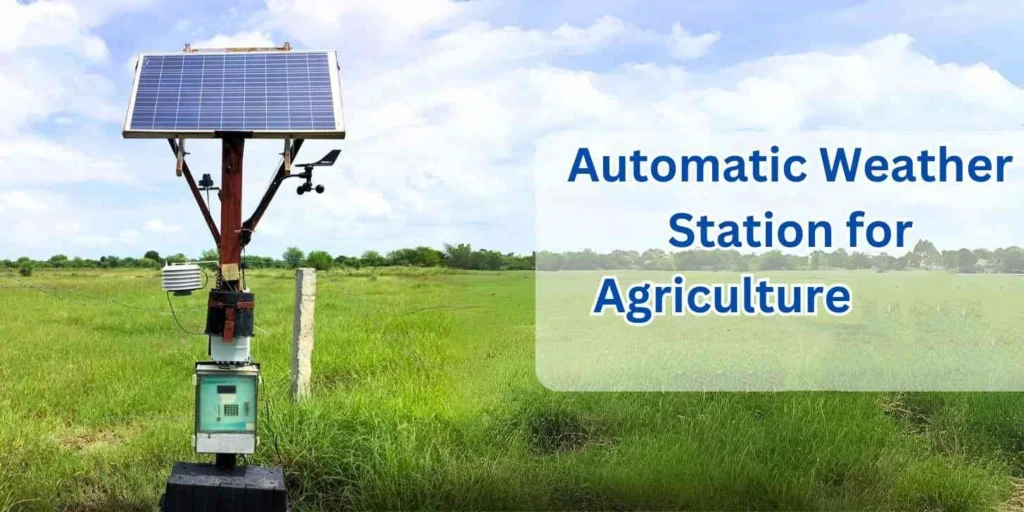
# Understanding the Functionality of Automatic Weather Stations
Automatic Weather Stations (AWS) are advanced systems designed to collect and record meteorological data without the need for constant human intervention. These stations are widely used in various fields, including agriculture, aviation, and environmental monitoring, to provide accurate and real-time weather information.
## What is an Automatic Weather Station?
An Automatic Weather Station is a collection of sensors and instruments that measure atmospheric conditions such as temperature, humidity, wind speed, wind direction, rainfall, and barometric pressure. The data collected by these sensors is typically transmitted to a central database or displayed on a local interface for analysis and decision-making.
### Key Components of an AWS
An AWS typically consists of the following components:
– Sensors: These are the primary instruments that measure various weather parameters. Common sensors include thermometers, hygrometers, anemometers, rain gauges, and barometers.
– Data Logger: This device records the data collected by the sensors. It can store data locally or transmit it to a remote server.
– Power Supply: AWS units are often powered by solar panels or batteries to ensure continuous operation, especially in remote locations.
– Communication System: This system transmits the collected data to a central database or a user interface. It can use various communication methods, including radio, satellite, or cellular networks.
## How Does an Automatic Weather Station Work?
The functionality of an AWS can be broken down into several steps:
– Data Collection: Sensors continuously monitor and measure atmospheric conditions. For example, a thermometer measures temperature, while an anemometer records wind speed.
– Data Logging: The data logger collects and stores the information from the sensors. It ensures that the data is time-stamped and organized for easy retrieval.
– Data Transmission: The collected data is transmitted to a central database or a user interface. This can be done in real-time or at regular intervals, depending on the system’s configuration.
– Data Analysis: Once the data is received, it can be analyzed to provide insights into current weather conditions, trends, and forecasts. This information is crucial for various applications, such as agricultural planning, disaster management, and climate research.
## Applications of Automatic Weather Stations
Automatic Weather Stations have a wide range of applications, including:
– Agriculture: Farmers use AWS data to optimize irrigation, planting, and harvesting schedules. Accurate weather information helps in reducing crop losses and improving yields.
– Aviation: Airports rely on AWS to monitor weather conditions, ensuring safe takeoffs and landings. Real-time data helps in making informed decisions during adverse weather conditions.
– Environmental Monitoring: AWS are used to monitor climate change, air quality, and other environmental parameters. This data is essential for research and policy-making.
– Disaster Management: Early warning systems for natural disasters like hurricanes, floods, and droughts often use data from AWS to predict and mitigate the impact of such events.
## Advantages of Using Automatic Weather Stations
There are several benefits to using AWS:
– Accuracy: AWS provide highly accurate and reliable data, which is crucial for making informed decisions.
– Real-Time Data: The ability to collect and transmit data in real-time allows for timely responses to changing weather conditions.
– Cost-Effective: Once installed, AWS require minimal maintenance and can operate autonomously, reducing the need for constant human supervision.
– Remote Monitoring: AWS can be deployed in remote or inaccessible locations, providing valuable data that would otherwise be difficult to obtain.
## Conclusion
Automatic Weather Stations play a vital role in modern meteorology and environmental monitoring. By providing accurate, real-time data, they enable better decision-making in various fields, from agriculture to disaster management. Understanding the functionality and components of AWS is essential for leveraging their full potential in addressing weather-related challenges.
Keyword: what is automatic weather station



